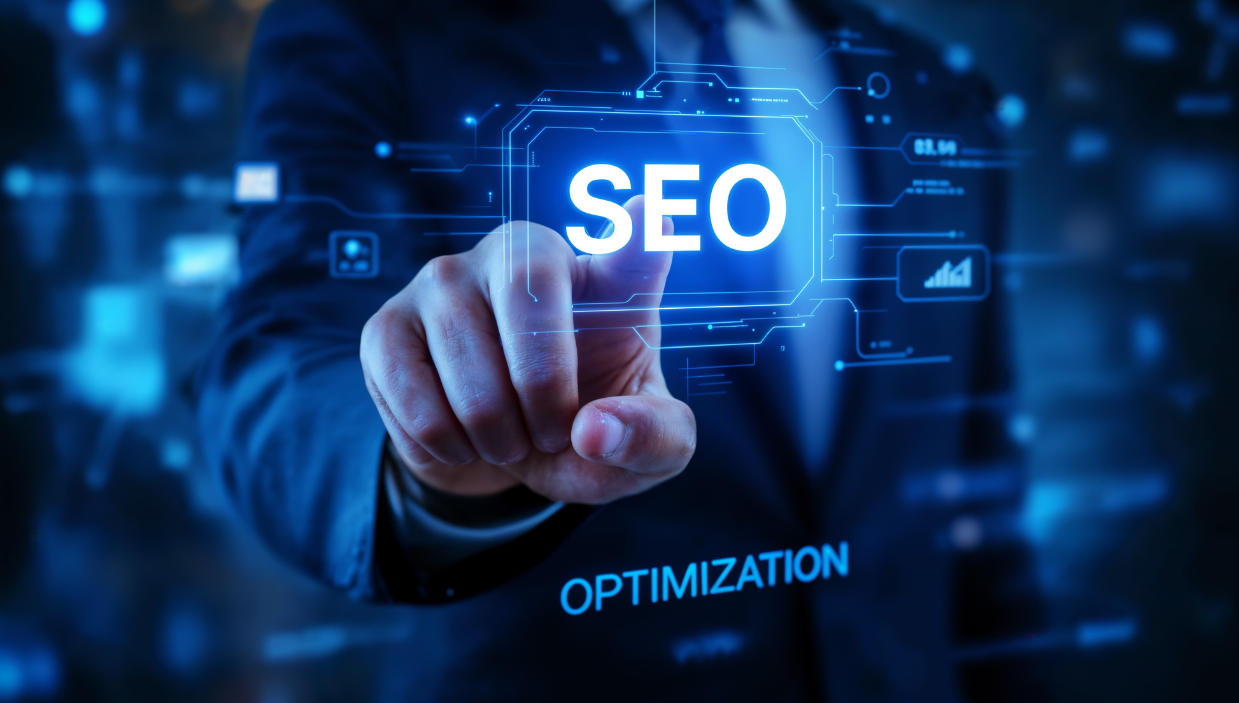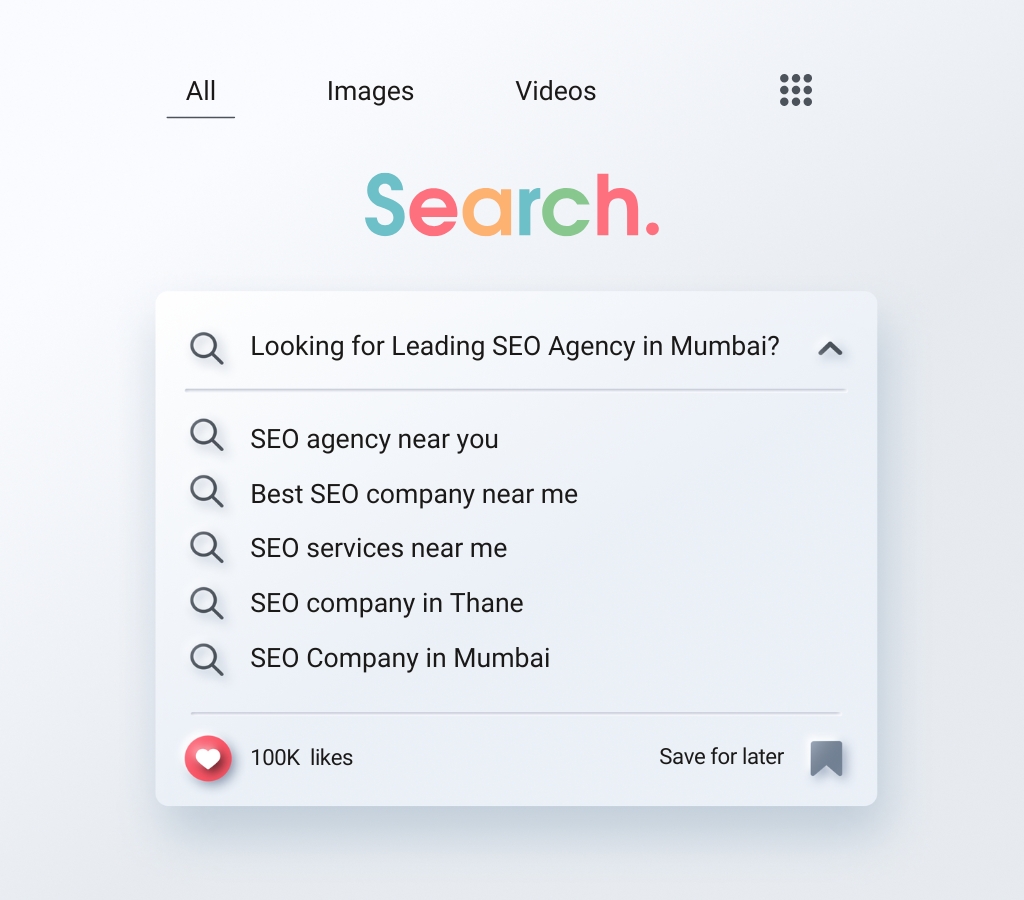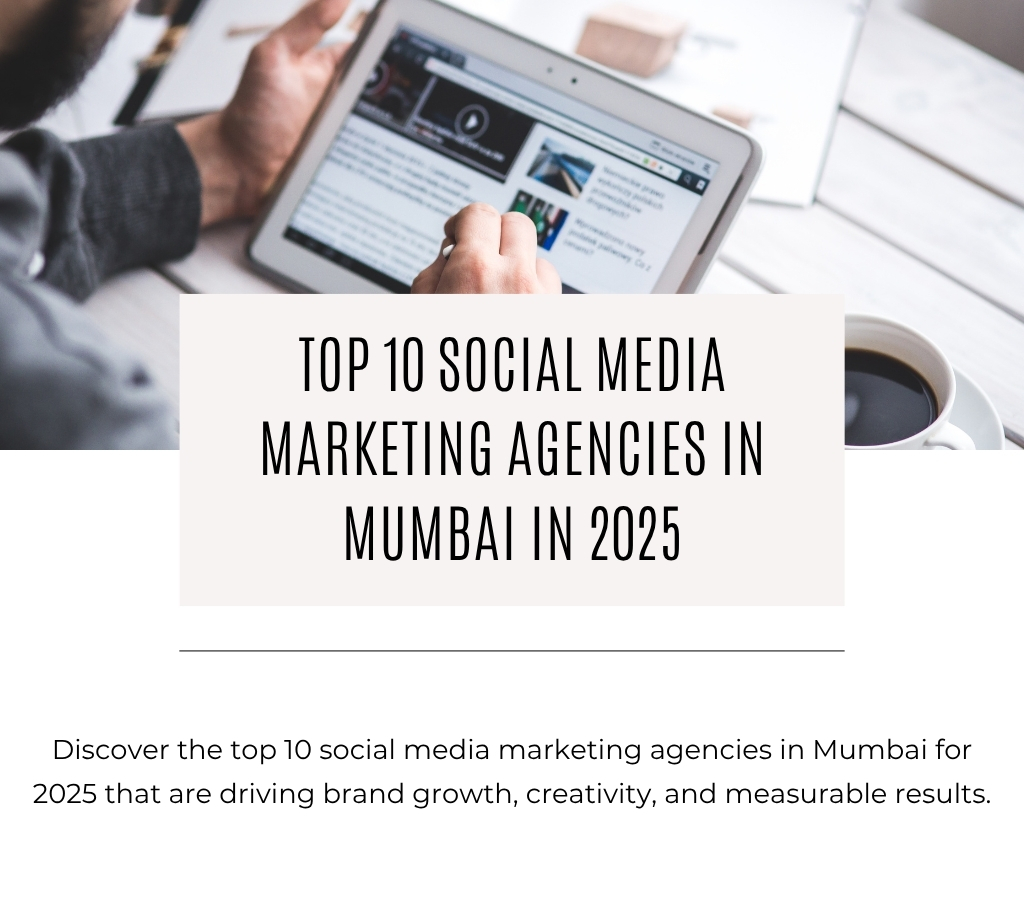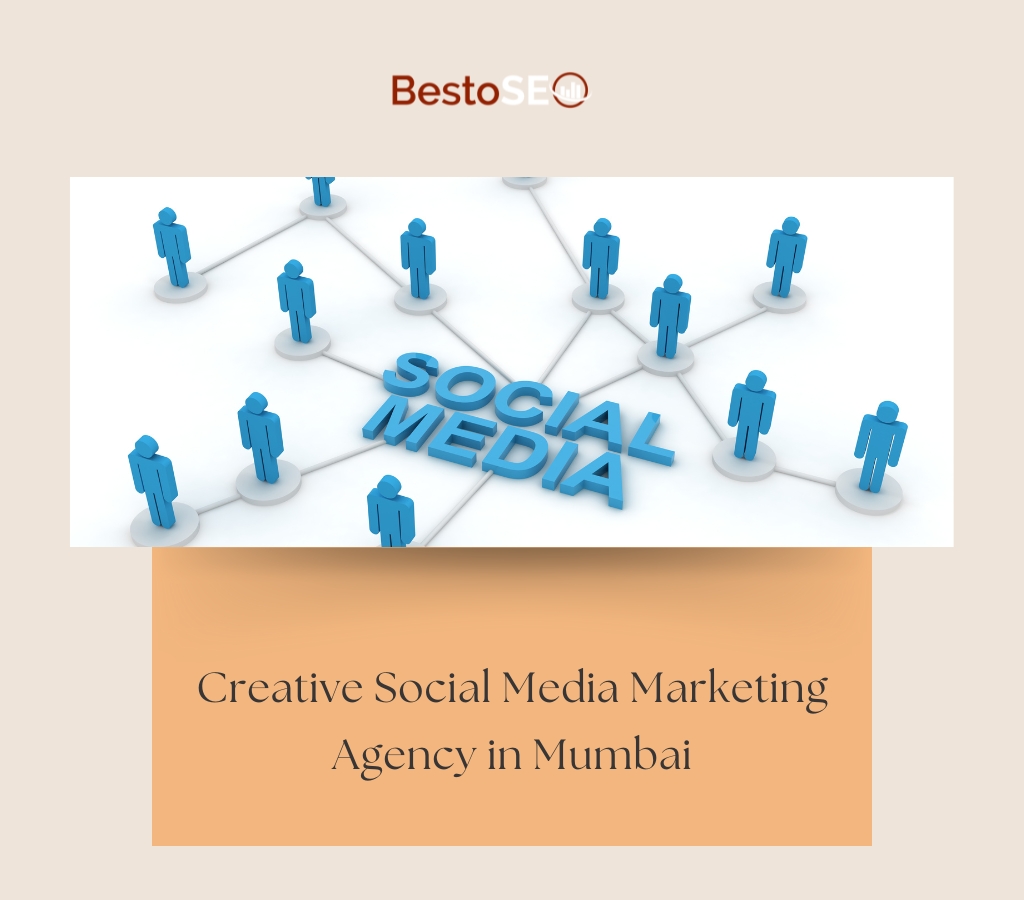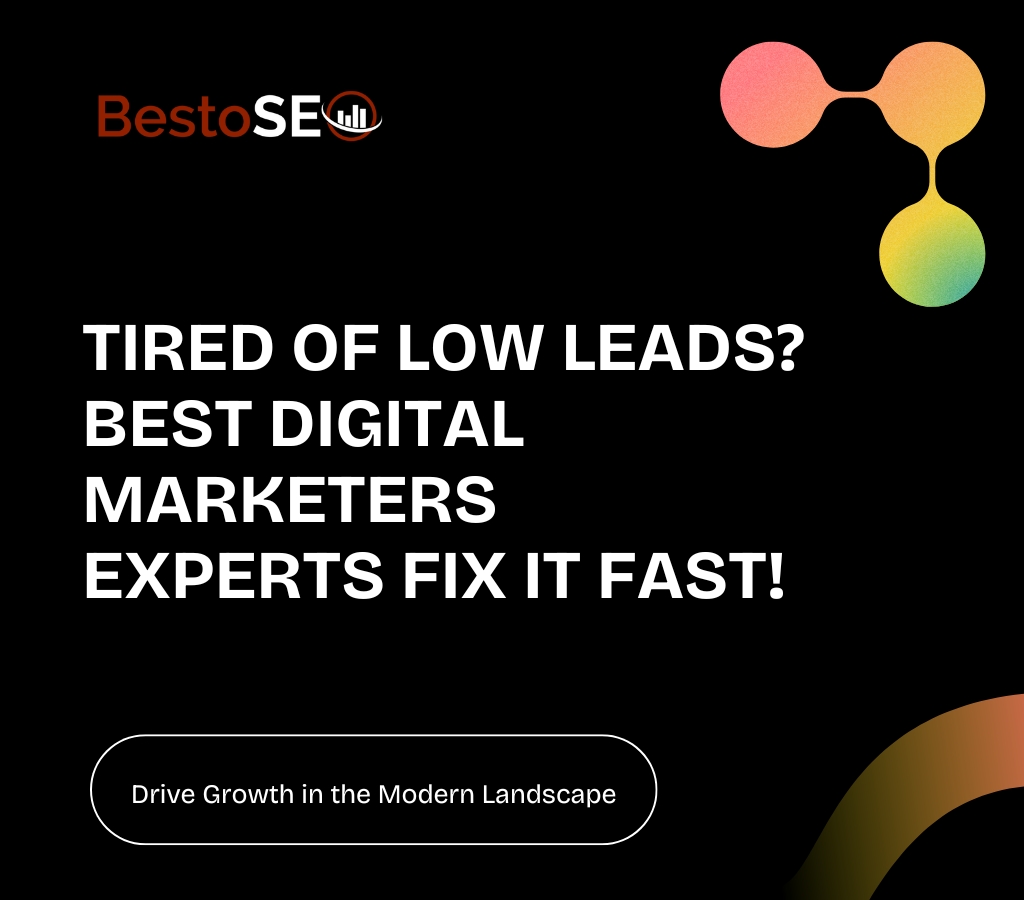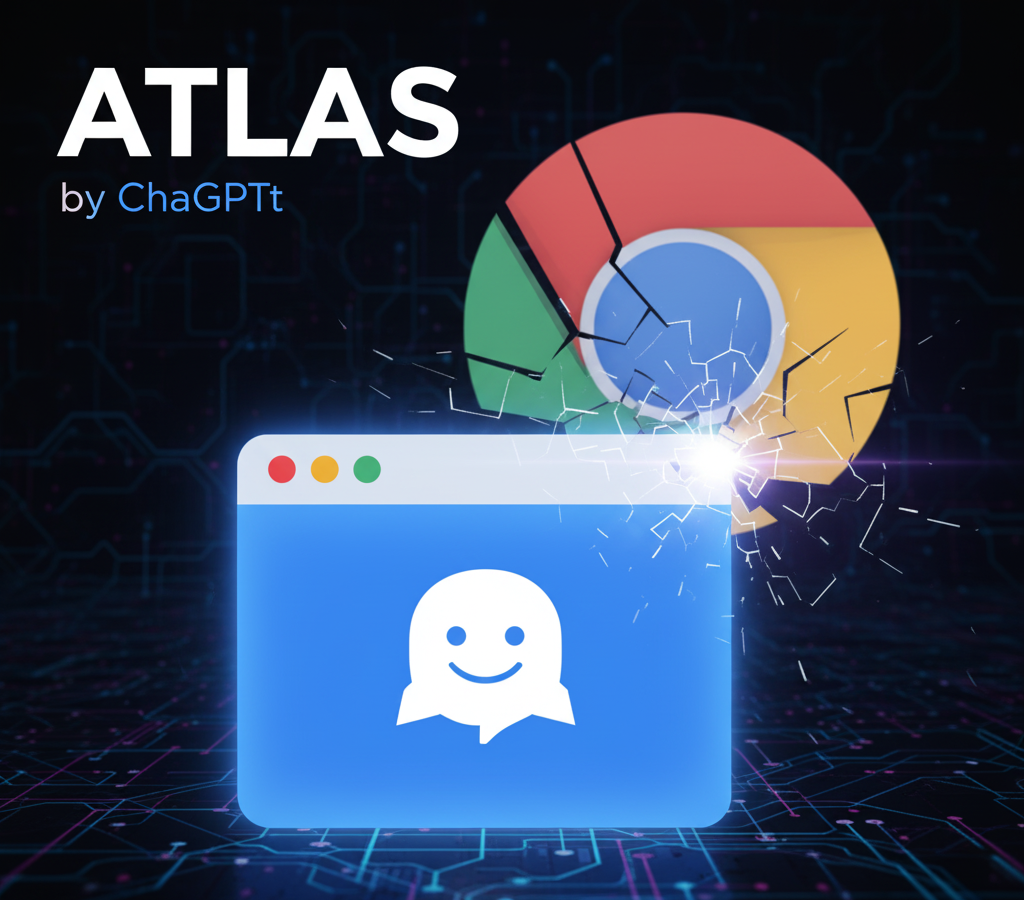1. Introduction: SEO Evolution and the AI Advantage for eCommerce
In 2025, the landscape of SEO has evolved dramatically. Gone are the days when SEO success hinged primarily on one-dimensional tactics like keyword stuffing, backlink volume, or sporadic blog posts. Today, entrepreneurs launching eCommerce startups are dealing with a complex ecosystem where user intent, data-driven content strategies, intelligent automation, and UX optimization intersect.
For these startups—often operating on lean budgets, with small teams but big ambitions—keeping up with the latest SEO strategies can be overwhelming. Enter AI-SEO: a transformative approach that merges artificial intelligence, machine learning, and time-tested SEO frameworks to streamline every step of the optimization process. Rather than manually juggling keyword research, on-page SEO, technical audits, and performance monitoring, startups can now rely on intelligent systems that automate, analyze, and scale.
2. Why eCommerce Startups Need AI-SEO
2.1 The Common Constraints Facing Startups
eCommerce startups frequently deal with limitations that can cripple growth if overlooked:
- Lean Staffing – Often fewer than 5 people manage product, marketing, and operations.
- Tight Budgets – Every dollar must stretch across inventory, ads, hosting, and logistics.
- Market Competition – Competing for search visibility against well-funded incumbents.
- Time Pressure – Speedy launch timelines make manual, labor-intensive SEO unviable.
- Technical Overhead – SEO errors like slow pages or poor crawling can quickly derail rankings.
These constraints don’t reflect a lack of ambition; they reflect agility. The challenge is finding methods that offer leverage—scaling efforts without scaling costs or headcount.
2.2 How AI-SEO Addresses These Challenges
AI-SEO gives startups that leverage AI tools and frameworks a competitive edge in this environment:
- Automation: Tasks like keyword research, content outlines, technical audits, and optimization checklists are propelled by AI—reducing manual labor and risk.
- Speed: AI performs high-volume, high-frequency analyses (like competitor SERP shifts or crawl depth insights) in minutes, not weeks.
- Data Precision: AI-powered clustering and intent labeling improve topic relevance and minimize guesswork.
- Cost Efficiency: Instead of hiring multiple specialists, startups can build a compact team that orchestrates an AI-powered SEO engine.
- Scalability: As the business scales, these AI systems can adapt—producing more content, identifying new keywords, or running audits—without requiring more people.
By combining lean, automated systems with human oversight for quality and creativity, startups can punch above their weight and accelerate growth.
3. Core AI-SEO Techniques for eCommerce Startups
Below is a breakdown of the most effective AI-SEO strategies tailored to help startups achieve early traction and sustained growth.
3.1 Keyword Clustering with AI
Why It Matters
Keywords are the foundational layer of SEO—but not all keywords are equal. Grouping them by user intent and topic improves content coherence, rankings, and topical authority.
AI Tools to Use
- Frase: Analyzes search intent and builds content briefs around keyword clusters.
- SurferSEO: Uses NLP to analyze top-performing pages and establish the right content structure and keyword mix.
- Semrush AI: Automatically groups keywords by intent—informational, commercial, navigational—helping you craft focused content strategies.
Startup Benefits
- Avoids internal keyword competition.
- Delivers better-organized content aligned with user behavior.
- Allows quick scalability—once clusters are defined, content creation becomes more efficient.
How to Implement
- Input seed keywords (e.g., “organic face cream,” “best skincare routine”).
- Let AI tools surface related keywords and group them by intent or topic.
- Use the clusters to guide content pillars—blogs, landing pages, and product category pages.
3.2 AI-Powered Content Creation & Optimization
Why It Matters
Content is still king—but high-quality, SEO-friendly content at scale requires efficient systems. AI tools enable rapid production of optimized content.
AI Tools to Use
- Jasper: Generates outlines, intros, FAQs, full posts.
- ChatGPT: Best for outlines, meta tags, snippet writing, and brainstorming.
- Scalenut: Focuses on content brief generation and competitor analysis, enabling fast, data-driven production.
Startup Benefits
- Quickly generates outlines, meta titles/descriptions, and structured content.
- Ensures consistency each article adheres to SEO-recommended readability, keyword density, and structure guidelines.
- Accelerates scale—hundreds of pages can be drafted and optimized in the time it takes to write manually.
How to Implement
- Use AI to create SEO-optimized outlines with key headings, target terms, and references.
- Auto-generate FAQs or PAA-style content blocks.
- Refine tone, voice, and facts—AI is a draft, not a final version. Hand-edit to ensure accuracy and brand voice.
- Run content through readability checkers and SEO optimizers (e.g., Clearscope, SurferSEO) to fine-tune LSI terms and flow.
3.3 Real-Time SERP Insight & Competitive Analytics
Why It Matters
Search results are dynamic. Staying at the top means understanding evolving page structures, metadata, CTR strategies, and emerging competitors.
AI Tools to Use
- Outranking.io: Compares your content to SERP leaders, offering suggestions for headline length, backlink integration, meta tags.
- MarketMuse: Analyzes content depth and structure to identify missing topics or NLP-enhanced terms.
Startup Benefits
- Addresses gaps between your content and top-ranking pages.
- Optimizes for readability, intent match, schema usage.
- Identifies unexplored content opportunities (e.g., rich snippets or PAA questions).
How to Implement
- Regularly track your keywords in AI tools.
- Let the tools audit your published content.
- Update headlines, structural markup, internal links, FAQ sections, and metadata to match high-performing pages.
3.4 Behavior-Driven Content Suggestions
Why It Matters
Understanding what users do next empowers smarter content and navigation decisions. AI can help predict those behaviors and suggest relevant content.
AI Tools to Use
- Built-in modules in Tools like Frase and Outranking provide “People Also Ask” insights.
- With Google Analytics AI add-ons or heat map tools (e.g., Hotjar + AI snippets), track which questions users click next.
Startup Benefits
- Ensures FAQs align with real user queries.
- Drives better engagement and time-on-page.
- Improves crawl depth—making search engines crawl more of your content.
How to Implement
- Monitor PAA and related searches for your keywords.
- Generate on-page Q&A sections or content cluster pages addressing user interests.
- Use AI to automatically recommend related products or guides based on user path data.
3.5 Automated Technical SEO Audits
Why It Matters
Technical SEO issues—broken links, slow pages, crawl errors—can silently undermine growth. AI speeds up detection and prioritization.
AI-Enhanced Tools
- Screaming Frog (core crawling) + integrated AI layer (GPT or inbuilt) that summarizes issues promptly.
- AI-based tools like Deepcrawl or Sitebulb offer automatic prioritization, SEO impact scores, and AI-written fix suggestions.
Startup Benefits
- Quickly surfaces critical issues before they affect rankings.
- Converts raw errors into structured to-do lists.
- Empowers lean teams—non-technical team members can understand and implement AI-generated insights.
How to Implement
- Run weekly site crawls.
- Allow AI to interpret the data and highlight high-impact fixes.
- Assign issues to team members or developers via task systems.
- Validate fixes in subsequent audits to ensure they’re resolved.
4. Full AI-SEO Toolkit: What You’ll Need
To successfully implement the strategies above, here’s a comprehensive tool stack built around key opt‑in/opt‑out functionality:
|
Tool |
Primary Use Case |
|
Frase.io |
Keyword clustering, AI briefs, PAA data |
|
SurferSEO |
On-page scoring, LSI terms, structure audits |
|
Clearscope |
Readability, keyword distribution, content evaluation |
|
Semrush + Semrush AI |
Rank tracking, search intent grouping |
|
Jasper |
Long-form writing, blog posts, product descriptions |
|
ChatGPT |
Metadata, FAQs, snippet creation, outlines |
|
Screaming Frog + GPT |
Crawl + intelligent technical audit |
|
Outranking.io |
Competitor analysis and structural content suggestions |
|
MarketMuse |
Topical coverage and content depth suggestions |
|
Cloudinary (AI alt text) |
Auto-generated image SEO and accessibility tags |
|
GA4 + AI add-on |
Behavioral analysis and predictive content suggestions |
This toolkit ensures you walk through every stage—ideation, creation, optimization, audit, and performance tracking—with AI-enhanced speed and accuracy.
5. Optimizing Product Pages with AI
Product pages are the heart of eCommerce SEO: they attract buyers and drive conversions. Here’s how to make them smarter:
5.1 Auto-Generated Product FAQs
Use AI to create rich FAQ sections. Example prompt:
“Write 5 AI-generated product FAQs for a ‘natural vitamin C serum’ customer, focusing on use, efficacy, and safety.”
5.2 Intelligent Product Tagging
AI can analyze product titles and descriptions to suggest relevant tags and categories. This improves internal linking, UX, and discoverability.
5.3 Alt Text & Image SEO
Tools like Cloudinary and text-to-image models can auto-generate descriptive and accessible alt text. Example:
“Close‑up of hands applying natural vitamin C serum dropper onto facial skin.”
5.4 NLP-Optimized Descriptions
Using SurferSEO or Clearscope, analyze keyword density, readability, and semantic relevance in your product descriptions. AI will suggest improvements for coherence and sales alignment.
5.5 Conversion & UX Enhancements
Integrate AI-driven on-page recommendations—such as “people who bought this also bought” or “before-after” comparison panels—based on cross-sell behavior patterns.
6. The BestoSEO AI-SEO Framework: A Startup-Friendly Workflow
Here’s BestoSEO’s proven six-phase framework that merges AI ingenuity with human oversight:
Phase 1: Audit
- Run AI-powered crawl across your entire domain.
- Evaluate health metrics—indexation, crawl depth, broken links, schema compliance.
- Use AI summaries to prioritize issues by SEO impact score.
Phase 2: Plan
- Build a keyword map grounded in AI-driven intent segmentation.
- Define top page titles, meta elements, header outlines.
- Identify internal linking paths for authority and user flow.
Phase 3: Produce
- Generate content drafts—landing pages, blogs, product descriptions—using Jasper and ChatGPT with AI briefs.
- Build structured FAQ sections using People Also Ask data.
- Verify facts and brand voice through expert editing.
Phase 4: Publish
- Ensure each page is schema ready (product, FAQ, breadcrumb markup).
- Minify CSS/JavaScript for speed.
- Set up canonical tags, link tags, and all on-page SEO elements.
Phase 5: Promote
- Use AI tools to identify niche bloggers, influencers, and content sites for outreach.
- Automate personalized email outreach with dynamic AI templates.
- Build backlinks through guest posts, product reviews, and partnership content.
Phase 6: Track
- Build a performance dashboard showing keyword trends, traffic by intent clusters, crawl metrics.
- Monitor CTR, time on page, bounce rate, PAA impressions.
- Use heatmaps and GA4 behavioral insights for continuous content optimization.
This workflow is modular, repeatable, and scalable—ideal for startups with ambitions for exponential growth.
7. Hybrid Strategy: Balancing AI with Human Expertise
While AI offers impressive automation and insights, it’s not a complete replacement for human judgment—especially in eCommerce, where brand voice, emotional resonance, and specialized knowledge matter.
7.1 Where AI Excels
- High-volume tasks like clustering research or list-making FAQs.
- Identifying technical or content gaps.
- Generating optimization prompts and automation-ready saves.
7.2 Where Humans Add Value
- Ensuring brand tone and messaging consistency.
- Fact-checking AI outputs and injecting creativity or empathy.
- Managing sensitive topics like regulation, pricing, or health claims.
7.3 Your Hybrid Workflow
- Production: AI-assisted draft → human edit/fact-check → SEO tool refinement.
- Technical: AI audit → engineer validation → re-scan.
- Reporting: AI aggregates data → human crafts insights and strategic next steps.
8. FAQs (Revised & Extended)
Q1: What exactly is AI‑SEO?
AI‑SEO is the practice of using artificial intelligence—through tools like NLP models, automated clustering, recommendation engines—to optimize SEO tasks such as keyword research, audit, content creation, and promotion.
Q2: Can AI-SEO benefit brand-new eCommerce websites?
Definitely. For startups with few pages, AI helps build structured, optimized content quickly. It also enhances crawlability and indexing speed, giving pages a better chance to surface early.
Q3: Is Google okay with AI-generated content?
Yes—as long as it meets quality guidelines: helpful, original, and user-focused. Google’s real focus is content value, not the process. Well-edited AI content that serves user needs can rank just as well.
Q4: Should I ditch manual SEO entirely?
No. An effective strategy combines AI’s speed and scale with human creativity and domain insight. This hybrid model offers maximum value and minimizes risk.
Q5: Do I need coding or technical skills to get started?
Not at all. All major AI-SEO platforms are now no-code and user-friendly. Minimal setup is required for rolling out audits, content briefs, and optimization recommendations.
Q6: How do I measure ROI on AI-SEO?
Track metrics by keyword cluster—spot improvements in rankings, organic traffic, click-through rates, conversions, and page speed improvements. Compare performance before and after you deploy AI workflow to see incremental gains.
9. Final Thoughts: The Future of eCommerce SEO Is AI-Powered
SEO in 2025 and beyond isn’t just about backlinks, keywords, or content volume—it’s about strategic intelligence. AI systems bring that intelligence, turning manual effort into smart automation. Startups that embrace AI-SEO today stand to gain speed, scale, and visibility with less friction.
AI helps you:
- Analyze search intent swiftly.
- Create structured content at scale.
- Fix technical issues automatically.
- Adapt to SERP dynamics in real time.
- Track performance across multiple dimensions.
But strategy without oversight is flawed. That’s why the hybrid formula—AI’s efficiency, coupled with human insight—is the future. It’s fast and intelligent enough to support agile startup operations, yet ethical and thoughtful enough to sustain long-term brand equity.
10. Take the Next Step with BestoSEO
🚀 Ready to turn your eCommerce SEO into a scalable, AI‑powered growth engine?
BestoSEO specializes in working with startups: we build custom AI‑SEO blueprints that plug into your brand, tech stack, and budget. Whether it’s optimizing production workflows, automating technical audits, or designing a strategic keyword roadmap, our team builds for your goals.
Start your journey today book now a free consultation and discover how AI-SEO can help your startup outperform bigger competitors with smarter systems and smaller teams.
Summary: Key Takeaways
- AI-SEO combines intelligent automation, data analytics, and strategic thinking—tailored for ecommerce startups.
- Keyword clustering, content generation, technical audits, SERP intelligence, and behavior-based content recommendations are core techniques.
- Product pages are enriched via AI-driven FAQs, alt text, tagging, and NLP‑optimized descriptions.
- The six-phase BestoSEO framework—Audit, Plan, Produce, Publish, Promote, Track—guides your implementation.
- A hybrid strategy, balancing AI speed with human quality, yields the best and safest results.
· ROI is measurable via improvements in rankings, traffic, conversions, and brand presence.

